
K C Sharma

Showing all 20 books

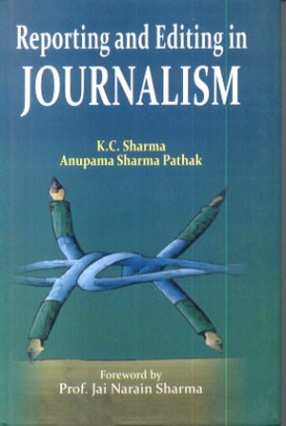
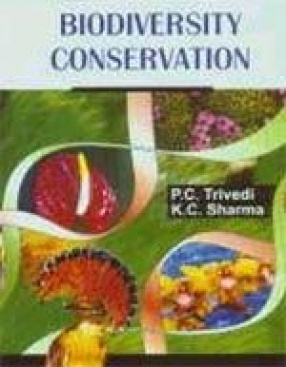
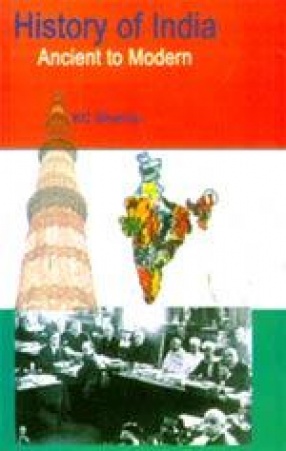
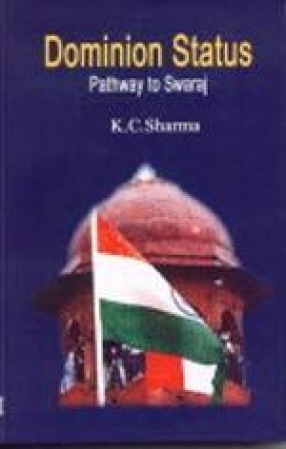
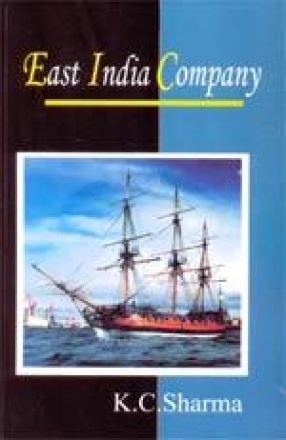
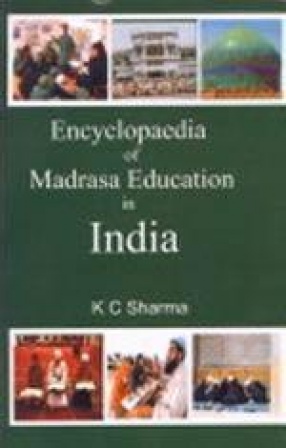
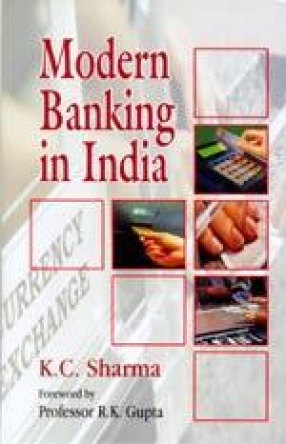
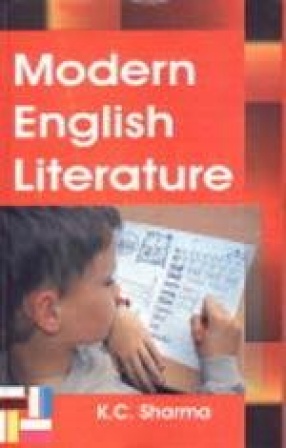

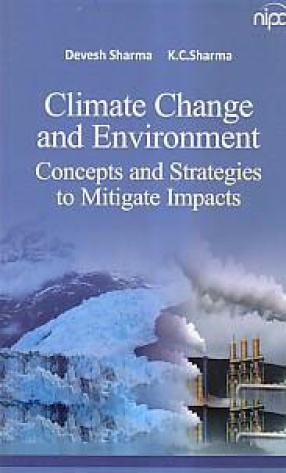
The book comprises of topics on concepts of climate science and strategies to mitigate the impacts. The book therefore, covers topics of wider areas such as urbanization, coping strategies, water resources,watershed, land use patterns, atmospheric deposition, agriculture, carbon footprint etc.
The book provides comprehension on which the researchers in the field may on which they can build up understanding on issues to be addressed. The articles are designed to ...
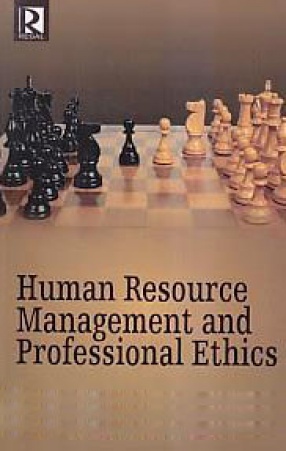
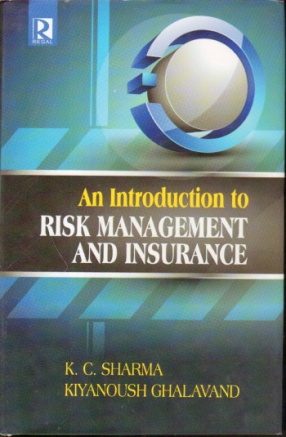
There is risk involved in all human activities. Therefore, man has been thinking of at least adopting methods of overcoming the aftermath of those risks. By risk we mean uncertainty. Relating to human life, death is certain but its timing is not certain. Similarly, some natural calamities do visit but their timing and, sometimes extent of misery can not be assessed in advance, no pre-emptive steps can be put in place except to formulate strategies to get prepared ...


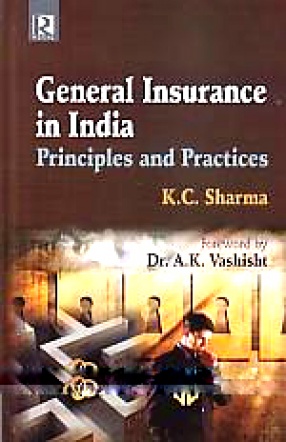
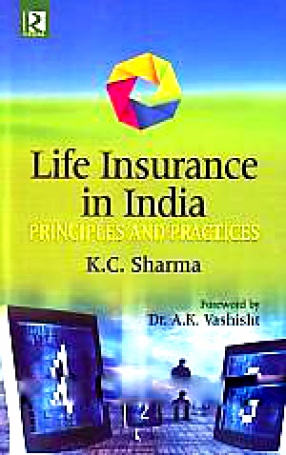

Ever since the author started teaching Journalism at Dayanand College of Communication and Management in 1997 one of the over sixty colleges owned by Bharatiya Vidya Bhavan affiliated to the Bhavans Rajendra Prasad Institute of Communication and Management Mumbai and during his participation in various occasional or sometimes regular participation at seminars conferences and in personality development programmes he realized the fluent communication apart there ...

Biodiversity is the variety of all the genes, species and ecosystems which are found on our planet. It provides humanity with the cornucopia of goods and services, from food, energy and materials to the genes which protect our crops and cure our diseases. The loss of the earth’s biological diversity is one of the most pressing environmental and development issues. Sustainability highlights the idea that the current use of natural resources should not diminish ...

History of India: ancient to Modern is a comprehensive work on Indian History. It provides an overview of India’s past and present issues with an integrated analysis. Highlights, the true nature of the British Imperial rule and its legacy of divisive tendencies for Free India in the form of communalism, regionalism, this have been dealt in details. Based on archeological findings, Indian History has been broadly divided in five major parts. We trust, readers of ...
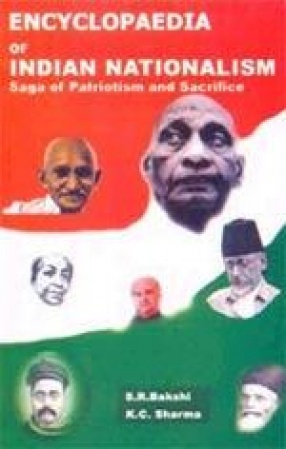
The Long-drawn political struggle for the attainment of Swaraj continued for more than six decades. The participants in this struggle were well-known Parliamentarians, statesmen, teachers, poets, women, peasants and students from all the regions of our sub-continents. In fact almost all the prominent persons have been mentioned, in one way or the other, in these volumes. The details of their long career give much encouragement to the younger generation. These ...
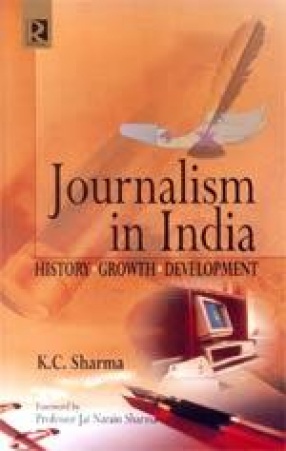

The set of books on Indian nationalism is indeed a unique phenomenon in the annals of various phases of developments in the 20 century. The theme deals in a comprehensive way the socio-economic life of Harijans, role of Gandhi, Tilak, Annie Besant, C.R. Das, Motilal Nehru, Jawaharlal Nehru, Jagjivan Ram and several others who launched a 'non-violent war' against the Raj. The chapters have been complied in a systematic way giving details of significant events. ...

The rule of the East India Company and India Under the Crown have deep bearing in the Indian sub-continent. Commencing from the role of a commercial concern, it changed its 'colour' to a political power and adopted measures of expansion till it captured upto North-West Frontier Province. The Mutiny of 1857 could not pay the company its desired dividends and ultimately it was thought proper to put its administration under the crown. It is evident that the Crown ...
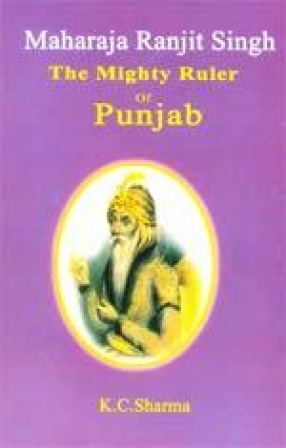
The two volumes have deep bearing on the life and administrative measures of Maharaja Ranjit Singh who became a mighty ruler of the Punjab at a fairly young age. At first he conquered Lahore and made it the capital and seat of his Government. He diverted his attention towards the cis-Sutlej regions and subjugated some powerful misls of this region. His advance towards Delhi became a problem for Lord Minto who took up this issue seriously by sending Charles ...

The theme has deep bearing on five volumes in connection with the Madrasa System of Education which was supported by prominent pioneers. They clearly realised the need of a forum which would develop the socio-economic, cultural, intellectual and educational life of Muslims. Adequate funds were collected from people who had deep interest in this direction. The five volumes have given us deep insight into the various phases of development of education in the Indian ...

Having wide and varied experience of banking at his back, the Author has written this book with the latest information and the changing dimensions of banking. The emerging trends in banking in view of the globalisation process in the country and because of tremendous developments in technology impacting all have found prominent place in the book, making it a unique publication. The contents of the book bespeak of the exceptionally good experience of various ...

This volume has deep hearing on the political ideology of Moderates and Extremists who dominated, in one way or the other, the Indian nationalism during the two decades of twentieth century. Indeed their main aim was the same i.e. to fight for the Swaraj, in fact a long drawn 'political battle'. The prominent personalities of the Moderates were Pherozeshah Mehta, Gopal Krishna Gokhale, and S.N. Banerjea. The leaders of the extremists were Bal Gangadhar Tilak, ...

This book is all about and an attempt to record and describe literature that took birth, grew and flourished in the past century as also in the contemporary times. The book also defines different ideas, concepts and isms that formed part of the previous century. It is a comprehensive presentation of English Literature that belong to the century that has concluded nearly a decade ago. The readers would enjoy going through the same.
